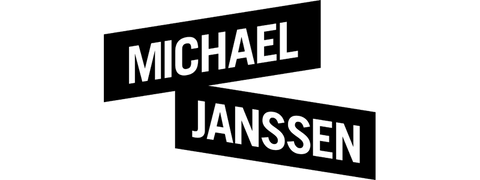Beauty that gets under your skin: Marina Abramović’s Art must be beautiful, Artist must be beautiful.
The performances of Marina Abramović are characterized by the artist’s radical physical engagement. Not infrequently, her extreme self-experiments lead to life-threatening situations. In terms of art history, these works contributed decisively to the performative turn in the arts. Performance art, which emerged in the 1960s, was intended as a counter model to the established institutions like the theater and museum. It’s program was to brush aside all supposed certainties: the difference between artist and work, performer and character, actor and audience, as well as between art and life. In a celebration of the living moment, the performers’ living bodies became the site for negotiating identity politics, gender relations, and social norms.
In the work shown here, Art must be beautiful, Artist must be beautiful from 1975, Abramović, a brush in one hand, a comb in the other, combed her hair for almost an entire hour, and while doing so kept repeating the phrase that is also the title of the work. In the course of the performance, her movements became faster and faster, stronger, more painful, and literally got under her skin. The performer’s body thus becomes for the beholders, who find themselves in the role of “mirror, mirror on the wall,” the site where conventional notions are negotiated: notions of the role of women in the arts as well as of an idealist dictum about the beauty of art.
Warriors, Saints, and Lovers: The Relationship Experiments of Ulay and Marina Abramović
From 1976 to 1988, Marina Abramović (born in 1946 in Belgrade) and Ulay (born in 1943 in Solingen as Frank Uwe Laysiepen) were lovers, an artist couple who lived and worked together. This collaboration is interesting not only because it was seemingly founded on the principle of absolute equality between the two artists, thus overcoming the motif of the genius and his muse that runs through art history, but also because it opened up the divides between art and life, private and public, putting them up for renegotiation. Their work as well as their performance as a couple interrogated on various aesthetic and socio-political levels the possibilities of interpersonal relationships.
Abramović and Ulay’s early performances shown here explore the question of couple relationships mainly in direct physical (and often also violent) interactions. The project series Relation Works (1976/1977) led the performers—in very formal-seeming action frameworks—to the limits of their physical and psychic resilience. For these works, a specific staging of similarity was central, both in appearance and movement. Such processes of alignment, not least the nude bodies, at the same time also provoke the perception of difference. The more similar the two are in terms of size, and the more similar they made themselves in terms of figure, hairstyle, gestures, facial expression, and movement, the more the beholder would look for differences.
Today, these performances are only accessible via photographs, video recordings, or reports. That photographic representation was much more for Abramović and Ulay than mere documentation of their performances becomes very clear in the exhibition at Galerie Michael Jannsen. Because the snapshot, the frozen movement can make specific forms of relationships startingly visible.
The pictorial aspect becomes central especially for the later works after 1980. Here, constellations of relationships are explored and negotiated through actions with minimal movement, but also through tableaux vivants, as well as photographic works and sculptures. These works critically interrogate images and models of human relationships, and they increasingly gain allegorical and symbolic levels of meaning. Immaterial relationship processes and experiments in spiritual symbiosis become increasingly important.
Their artistic research into what constitutes a relationship refers, in ever-new variations, to a third element: be that a level of energetic union, the medium, or the beholder.
Text: Maxi Brotkopp, Translation: Wilhelm Werther



Marina Abramović, Ulay/Abramović, Installation view, 2016, Galerie Michael Janssen Berlin

